Search Images
Browse Content (p. 614)
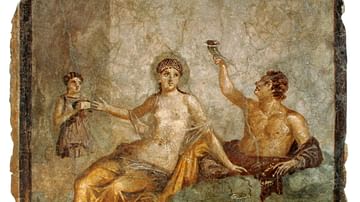
Image
Roman Fresco of a Banquet Scene, Herculaneum
Banquet scene in a fresco from Herculaneum, Italy. The woman wears a transparent silk gown while the man to the left raises a rhyton drinking vessel. Made c. 50 BCE, during the Late Roman Republic. Le Musée absolu, Phaidon. 59 (23 in) x 53...
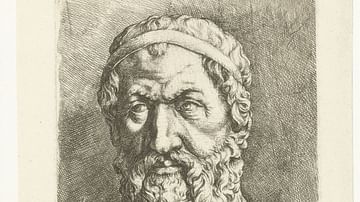
Image
Bust of Zeno of Elea
Bust of Zeno of Elea, print by Jan de Bisschop, based on a bust by an unknown artist, 1666 - 1671.
Rijksmuseum, Amsterdam.
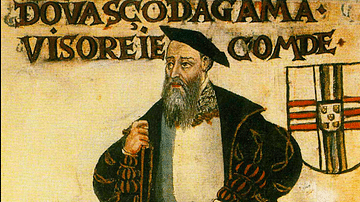
Image
Vasco da Gama as Viceroy
An illustration of the Portuguese explorer Vasco da Gama (c. 1469-1524) as the viceroy of Portuguese India, an appointment made in 1524. (Livro de Lisuarte de Abreu, Pierpont Morgan Library, M.525)

Image
Vasco da Gama Arriving at Calicut, India
A c. 1900 painting by Alfredo Roque Gameiro showing the arrival of the Portuguese navigator Vasco da Gama (c. 1469-1525) at Calicut in India. He was the first European to sail directly from Europe to India via the Cape of Good Hope, a voyage...

Image
Vasco da Gama Portrait
A 16th century portrait of the Portuguese navigator Vasco da Gama (c. 1469-1525). He was the first European to sail directly from Europe to India via the Cape of Good Hope, a voyage taken in 1497-9. (National Museum of Ancient Art, Lisbon)
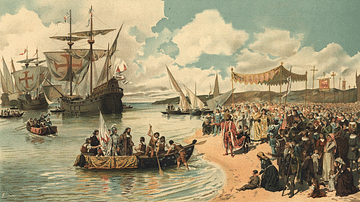
Image
Vasco da Gama Departing Lisbon
A c. 1900 painting by Alfredo Roque Gameiro showing the departure of the Portuguese navigator Vasco da Gama (c. 1469-1525) from Lisbon. He was the first European to sail directly from Europe to India via the Cape of Good Hope, a voyage taken...
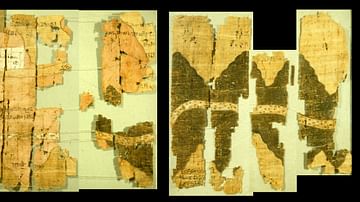
Image
Turin Papyrus Map
The Turin Papyrus Map is an ancient Egyptian map of gold mines in the Eastern Desert. It is considered to be one of the oldest surviving topographical maps. Made c. 1150 BCE by Scribe-of-the-Tomb Amennakhte, son of Ipuy. (Turin Museum)
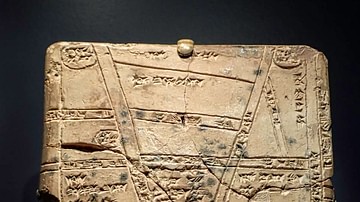
Image
Babylonian Clay Map from Nippur
A Babylonian cuneiform tablet with a map of the fields, towns and palaces around Nippur. Kassite Period, 1550-1450 BCE. Nippur, Iraq.
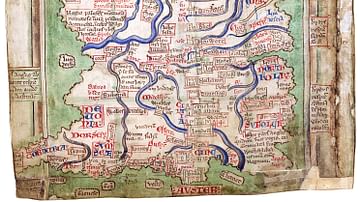
Image
Matthew Paris' Map of Britain
Map of Great Britain by Matthew Paris (c. 1199-1259), made c. 1250. From the manuscript Epitome of Chronicles, BL Cotton MS Claudius D VI, fol. 12v. (British Library)
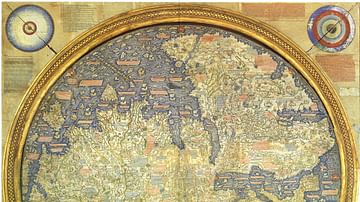
Image
Fra Mauro Map
The "Fra Mauro Map" is one of the most accurate surviving Medieval maps, and depicts Asia, Africa and Europe with a high level of accuracy. Made by Fra Mauro in Venice, c. 1450. (Museo Correr, Venice)